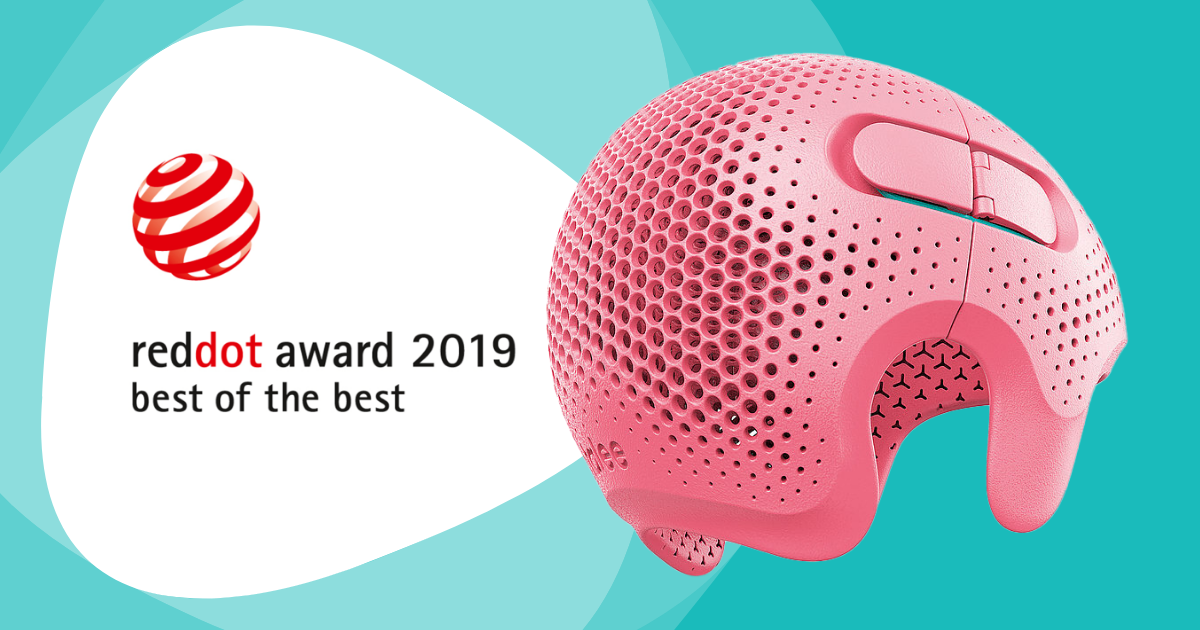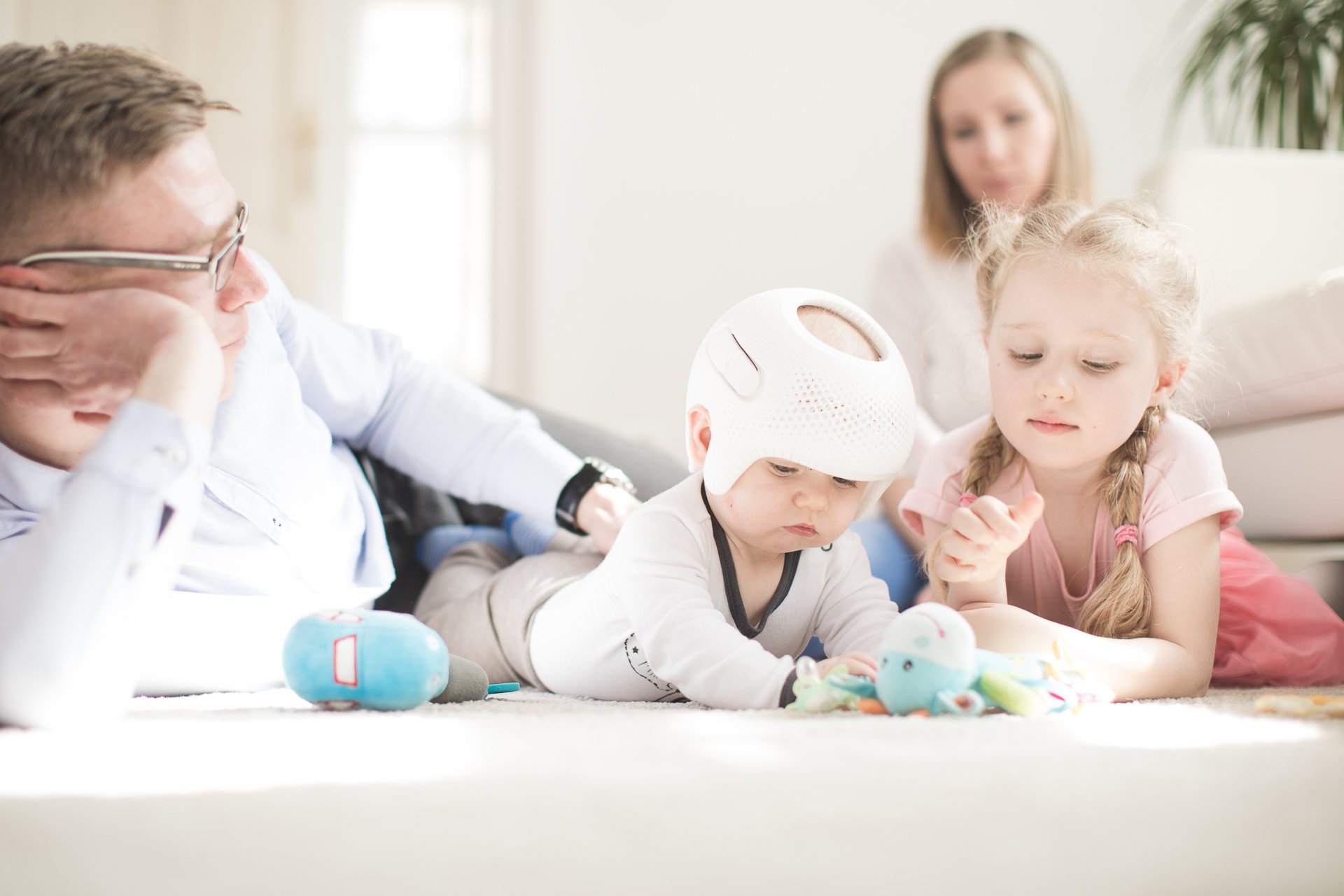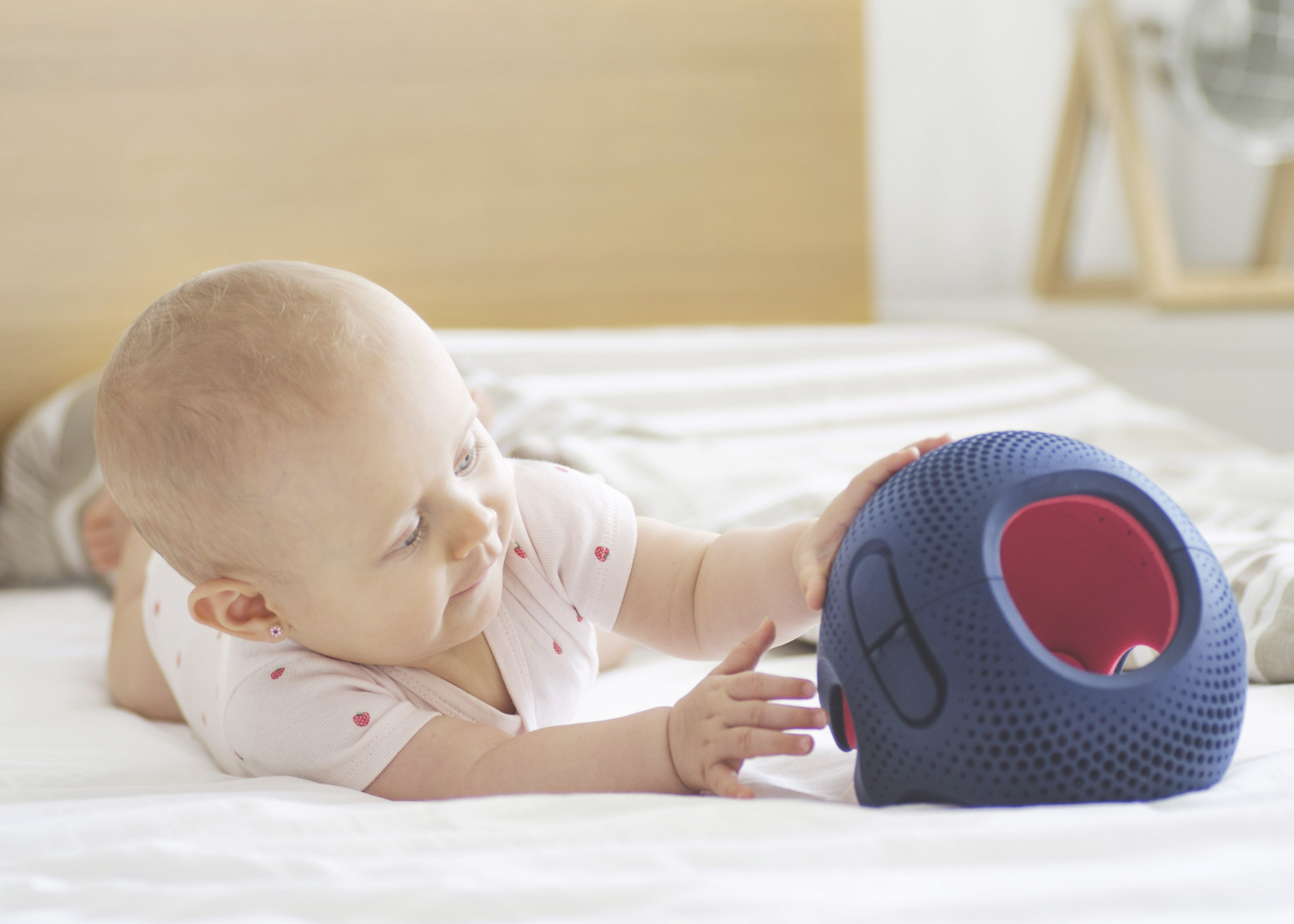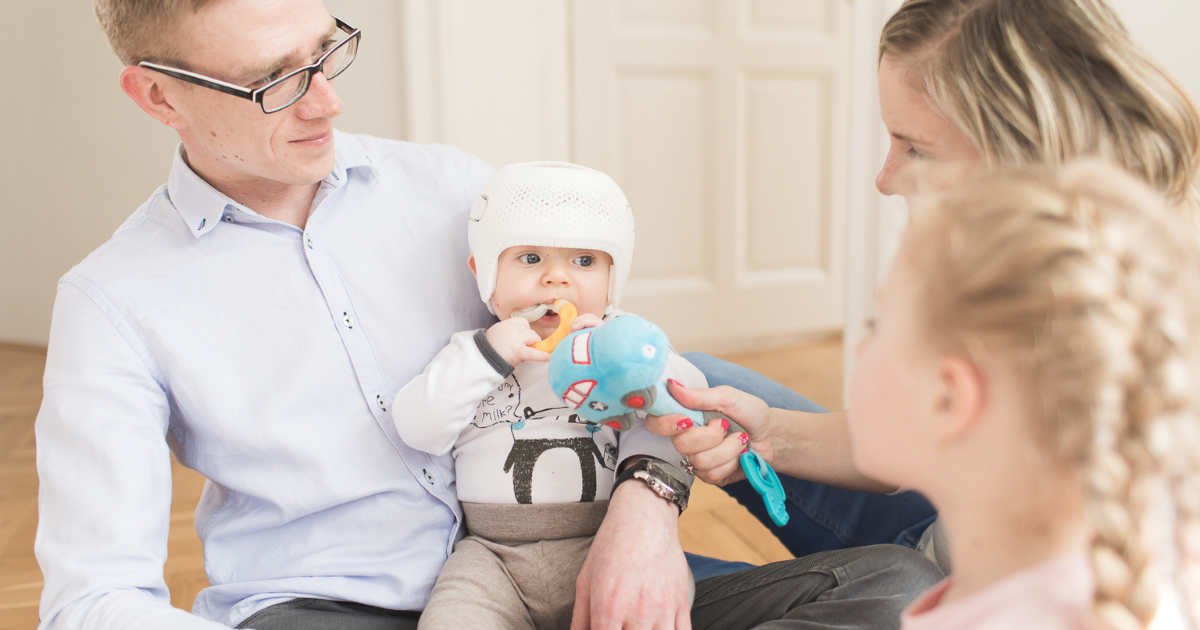
What is the TiMbandAir Made From?
The cranial helmet we use is called the TiMbandAir. Our TiMbandAir is made from a comfortable foam liner within a lightweight co-polymer shell. These materials are light in weight so that each helmet is as comfortable as possible for the baby wearing it. The precise weight of the TiMbandAir varies depending on the size and on average they weigh around 200 grams, which is less than one tenth of the baby’s head weight.
If parents have been repositioning their baby’s head but have not seen the expected results, they come to see us for an assessment and if appropriate, we will recommend using a TiMbandAir to correct their baby’s head shape.
We know how much parents love to get creative with their little one’s helmet, and so we have a variety of colours for families to choose from.
How the TiMbandAir is Made
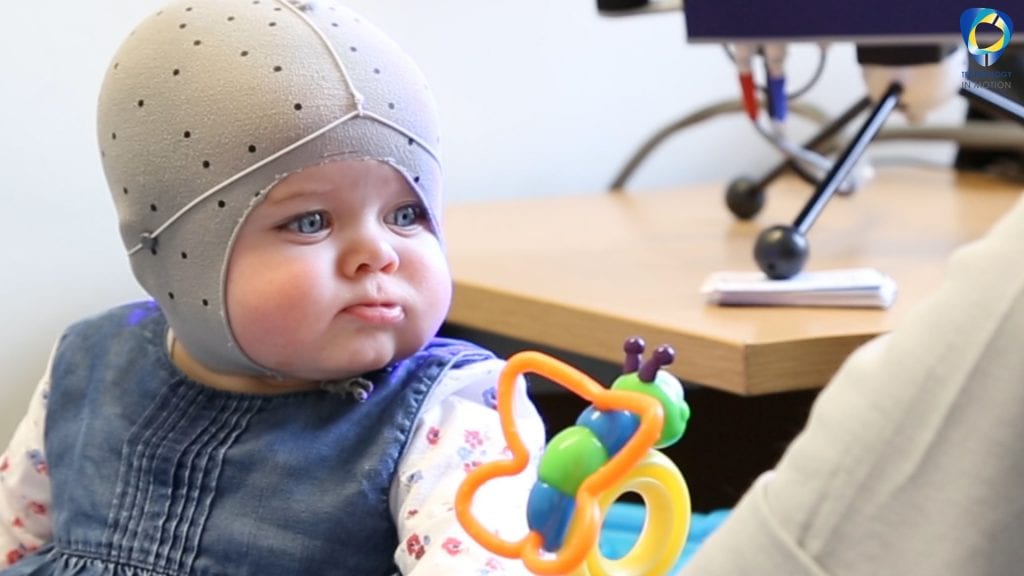
Each helmet is individually made based on an accurate and safe 3D scan of your baby’s head. The process and equipment we use is advanced, enabling us to produce the best possible fit for your baby – a better fit leads to better results!
Scan complete, this is sent to the manufacturer with manufacturing details to make the TiMbandAir. Using computer-aided software to allow head growth within exactly defined limits, a mould is made and the precision fitting helmet makes it extremely comfortable. Perfect for little heads to grow back into shape!
Our manufacturer employs experienced clinicians who are very involved in the manufacturing of each TiMbandAir, overseeing the technical staff responsible for the whole manufacturing process. This involvement is crucial in maintaining the best possible outcome.
How the TiMbandAir Works
The TiMbandAir doesn’t restrict head growth, it actually relies on growth to bring about correction. As your baby’s head grows naturally, the helmet brings about a gentle correction and guides the head to a more normal shape. Throughout your baby’s TiMbandAir treatment, the helmet is adjusted to accommodate for any head growth and make sure that the TiMbandAir remains comfortable.
We recommend that the helmet is worn for 23 hours a day, and the rate at which parents can see an improvement varies between babies and their rates of growth. We constantly measure and chart to track progress, allowing parents to see how far their baby has come! Treatment usually lasts between 3 to 6 months, depending on head growth.
What Makes the TiMbandAir so Special?
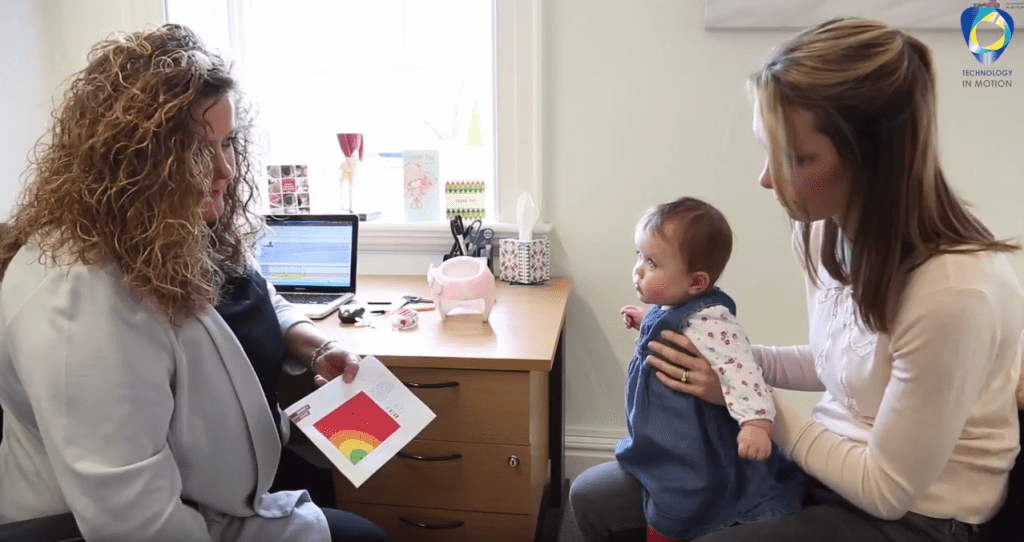
Making a cranial helmet is actually the simple part – it’s relatively easy for a workshop to make a helmet, whether this is using traditional methods or 3D printing methods.
The method of manufacture isn’t the important part, what is important is the experience of the clinicians in making the diagnosis and decision on whether to treat a baby using the TiMbandAir. Our clinicians then apply their knowledge to decide on the specifics, such as where and how much to include into the corrected head shape, the growth areas, and also control points.
This is the difficult part of treatment as it requires expertise and experience – we have seen many babies who have been in treatment by companies and hospitals whose head shapes have not achieved what we would expect from their treatment. This could be due to inadequate corrections being built into the helmet, leading to poor rotational control and excessive pressure which will lead to friction or pressure sores. This can only lead to a disappointing result and potentially even abandonment of the treatment.
At Technology in Motion, our expert clinicians are brilliant and extremely skilled in what they do. Over all of the years we’ve been making our helmets, our babies experience excellent results with minimal discomfort. This is the service and result that we pride ourselves on.
It’s All Part of the Service
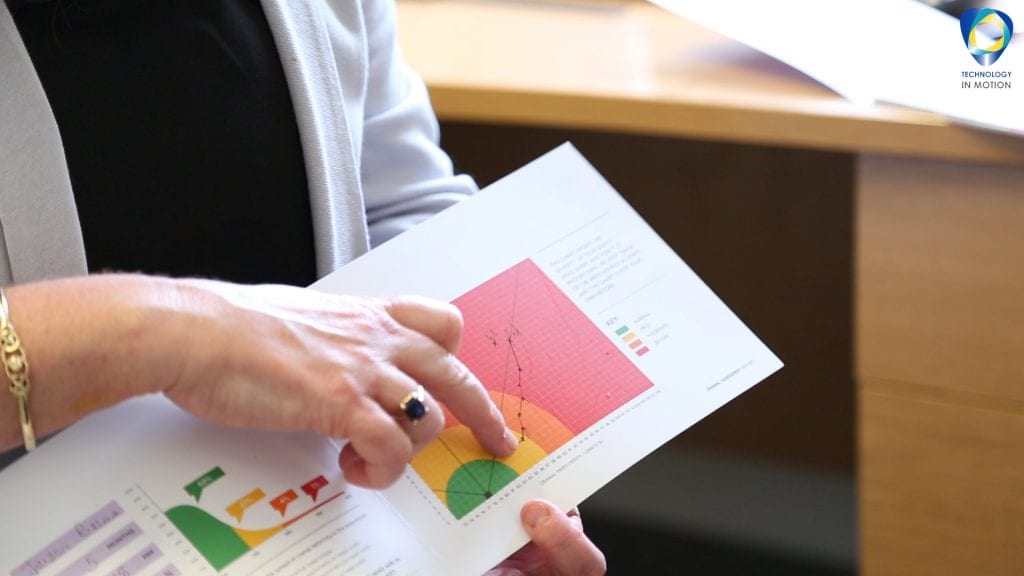
The fee of treatment doesn’t just include the TiMbandAir itself, it also covers regular reviews and adjustments of the helmet, phone support whenever you need, a final scan, and also a memory stick containing the before and after scans of your baby’s head. This memory stick also includes interactive software that allows you to see your baby’s head shape improvement in 3D.
We understand that the cost is not a small amount, and so we are happy for parents to pay by instalment if they prefer.
If you are concerned about your baby’s head shape, please feel free to contact us and book a free, no-obligation appointment at your nearest clinic.
